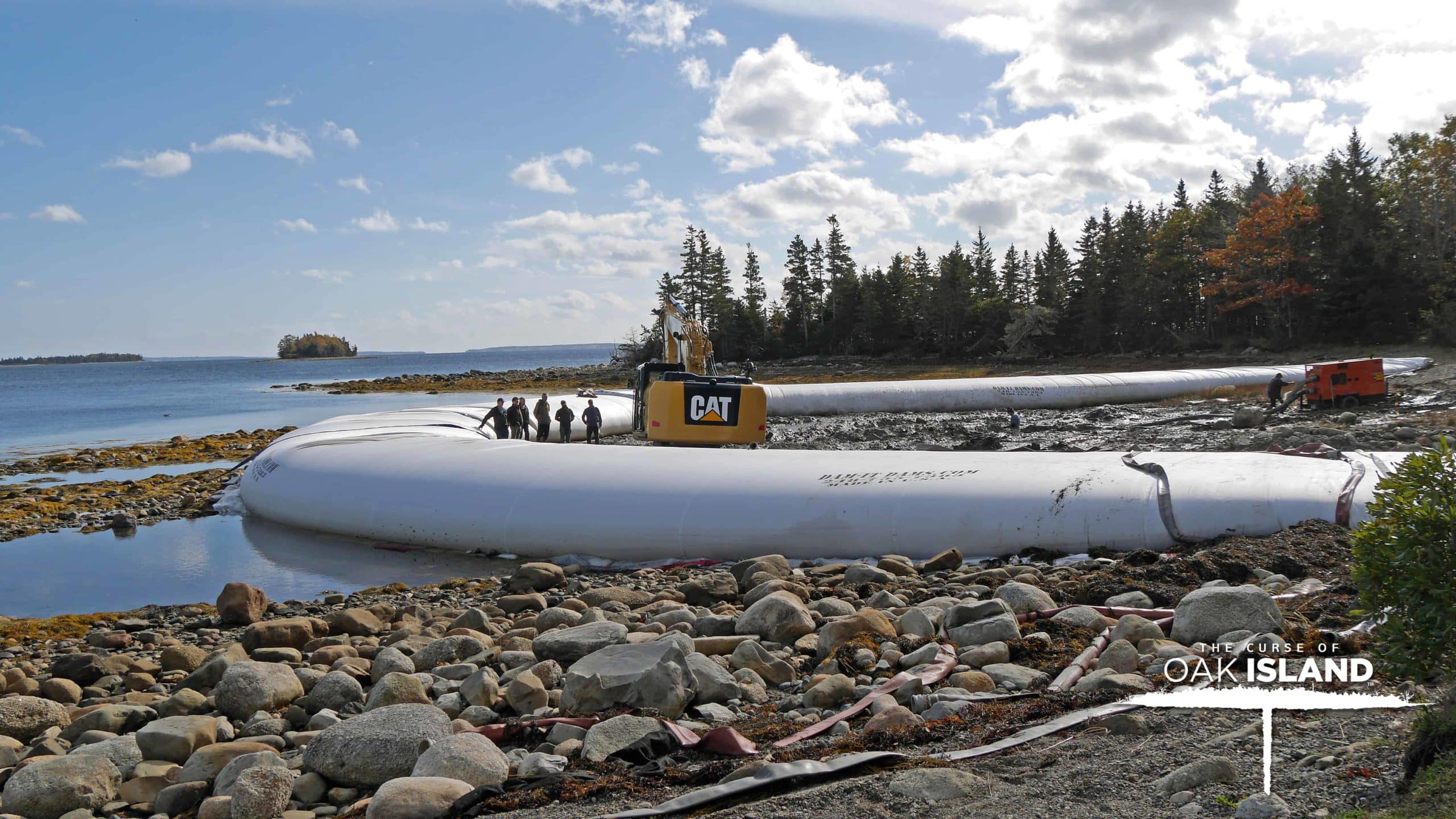Erosion control may not be a priority for most construction crews, but it is a necessary concern you should have if your work takes place near any water source. Erosion is a common and natural occurrence. Just look at the Grand Canyon for an example of natural erosion; however, human interference has accelerated that natural process and now threatens the shorelines and flow rates of rivers, lakes, and coastal shores. Shoreline restoration and protection are vital to maintaining our natural ecosystem, and inflatable cofferdams can help mitigate harm, repair preexisting damage, and protect our water sources for future generations.
How Erosion Impacts Us
Erosion of the shoreline has more than just an impact on the natural environment. As the shore disappears, so do structures and infrastructure that we rely on for daily and emergency use. Some of the most significant impacts erosion can cause include the following:
- Loss of value for private and public lands
- Weakening of stability for remaining land
- Destruction of natural habitats for fish and wildlife
- Contamination of drinking and freshwater sources
- Loss of revenue from repair and construction efforts
What Is An Inflatable Cofferdam?
Inflatable cofferdams are temporary structures made of geotextile materials that help to block water flow and reduce water intrusion in construction and environmental protection projects. Inflatable cofferdams work using the most readily available material in wet areas, inflating themselves with the water you are blocking, and can provide a dry spot in waters as deep as twelve feet. These cofferdams provide a minimally intrusive option compared to other types of temporary dams, such as braced or cellular-style sheet metal cofferdams.
How Inflatable Cofferdams Can Help Erosion Control
Inflatable cofferdams are an expedient and inexpensive erosion control method that can assist in almost any preventative or restorative situation. Some of the ways that inflatable cofferdams can help relieve shoreline erosion include:
- Replacement For Sandbags: While sandbags may be the traditional treatment for flooding and erosion, they are an outdated method with several drawbacks. Sandbags suffer due to the need to excavate the sand from elsewhere, moving materials long distances, and the large amount of work to construct large enough barriers for them to be effective, both of which an inflatable cofferdam can mitigate.
- Seawall Construction: Sea levels continue to rise, and we will likely see a dramatic increase in water levels over time before global warming efforts become more effective. Inflatable cofferdams can relieve coastal communities by providing temporary seawalls during large storms or seasonal increases in water levels. Further, they can and have been used to assist in constructing permanent seawalls.
- Topsoil Erosion: Many construction operations will affect the levels of topsoil available in areas surrounding water sources. Even if your site is not immediately affected by water intrusion, construction efforts can spill the soil into flowing waters, thus raising water levels and leading to downstream damage. If you are contributing to the loss of topsoil, while it may not be of immediate concern, it can lead to the eventual erosion of the areas where you perform your work. An inflatable cofferdam can protect these shorelines, provide peace of mind, and guard against possible litigation and fines.
Call Dam It Dams Today – Your Inflatable Cofferdam And Erosion Control Experts
There are countless uses for cofferdams inside and outside the realm of erosion control. Low cost, low maintenance, and low impact, cofferdams are the best option for almost all construction efforts near water. They are durable, effective, safe, and provide a dry area for everything from erosion control to bridge repair and so much more. For more information and to receive a quote on your next inflatable cofferdam order, call Dam-It-Dams at 810-695-1695.


